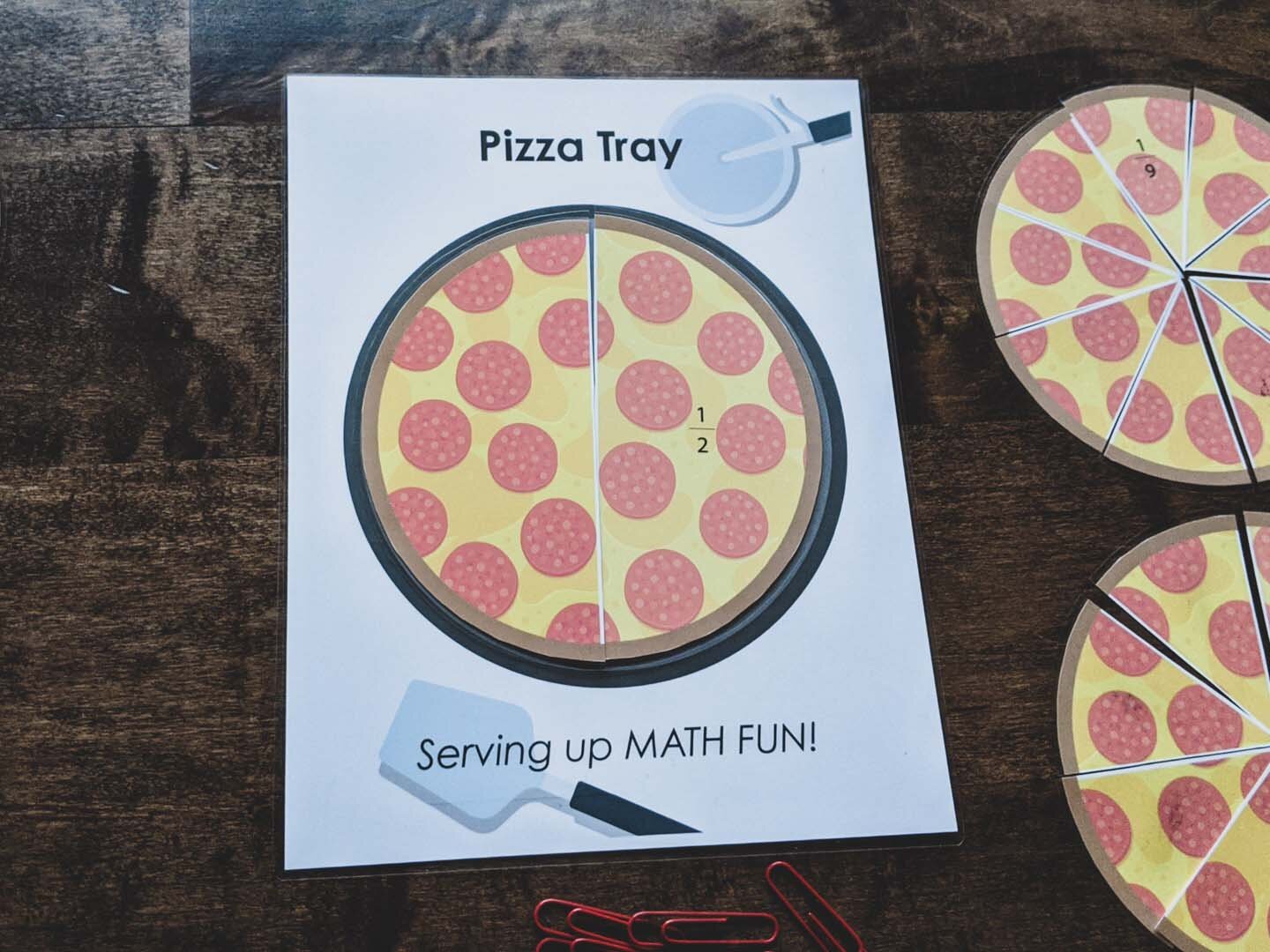
When I ran out of fresh math activities and materials for my 4-year old, I searched for ideas online to keep her engaged during COVID-19. Fraction circles looked doable however, as a Montessori parent I knew how expensive the sensorial classroom materials were (Nienhuis Montessori Fraction Circles are a whopping $279.60). Time to get creative! To make learning fractions fun and affordable, I created DIY printable fraction circles as pizza slices in Illustrator.
Learning Montessori Fraction Circles at Home
Montessori Schools are modeled after Maria Montessori’s method which uses concrete materials to introduce children to abstract concepts of math. The purpose of this activity is to help the child see the relationship between fractional parts of the same whole. I was so amazed at how quickly my son developed logic skills and learning fractions during early childhood at Montessori School. He still loves math to this day! This fun learning activity is ideal for 3-7 year olds that can count to 10, identify each number 1-10 and count 10 or more objects with ease. (I began stage 1 with my daughter age at 4.)
Things you’ll need:
- A printer for Pizza Fractions PDF (Download below)
- Scissors
- 10 Paperclips
- A marker
- Large Manilla Envelope (To store pieces)
- OPTIONAL 12″ or larger Laminator machine and 11 sheets (8.5×11″)
DIY Montessori Fraction Pizzas Printables
Click here to download the printable PDF.
- Print out on paper or card stock.
- Cut out the pizza slices and be sure to label them on the back side as shown below.
- I happen to REALLY enjoy laminating things (A little too obsessively according to my hubs). This is optional but ensures your pieces will be kid proof for a bit longer (Repels greasy, dirty little fingers).
- I used paper clips to organize each set and a large envelope to store the entire activity.
- Don’t cut out the pizza tray! Use the pizza tray for assembling the pizza slices into a whole (You can laminate that too!).
This is adapted from Montessori School fraction circles which has 3 stages for learning fractions. Each stage can be repeated numerous times until the child can complete with little assistance. Once they can complete with little assistance, move on to the next stage.
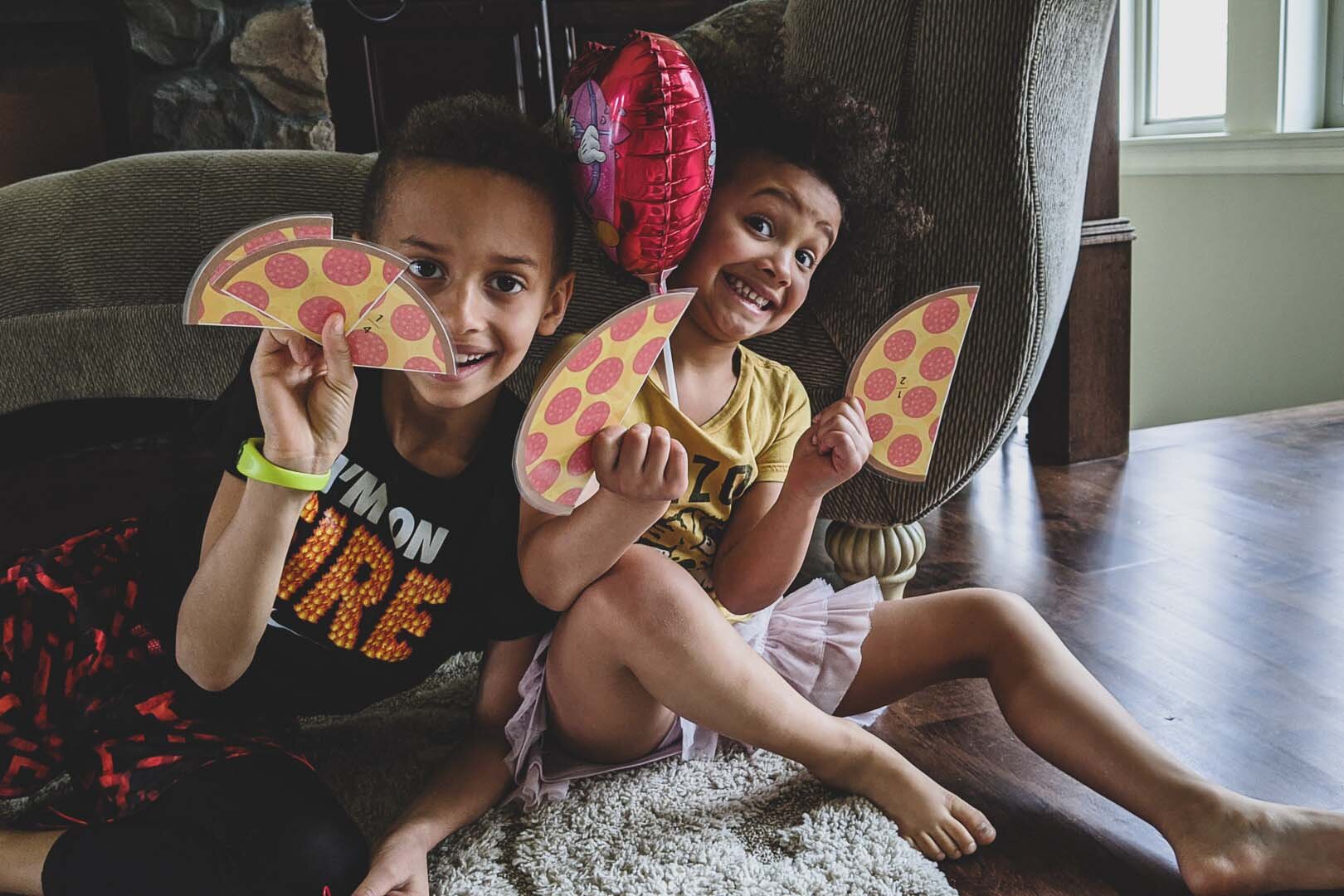
Fraction Circles Learning Stages
STAGE 1 – Sensorial Exploration (Age 3-5)
- Have the child put down the pizza tray.
- Tell the child that a fraction is dividing a whole into equal parts.
- Take out the first pizza fraction circle (1 whole) and place it on the pizza tray. Have the child take the whole pizza fraction circle off the tray.
- Take out the halves and place the unlabeled half on the tray. Have the child put the second half labeled 1/2 on the tray. Have the child take the halves off the tray and assemble into a whole adjacent to the tray.
- Take out the thirds and place the 2 unlabeled slices on the tray. Have the child put the final third labeled 1/3 on the tray. Have the child take the thirds off the tray and assemble into a whole adjacent to the tray.
- Show the child how to carefully replace each one back into its spot.
- Do this for 1/4 and 1/5, having the child place each labeled pizza slice back into its spot on the pizza tray then removing and assembling as a whole adjacent to the tray.
- Repeat a few times, mixing up the labeled pizza slices from all of the pizzas and having the child place them in their correct spot.
- Once the child is comfortable with GROUP A: 1/2, 1/3, 1/4 and 1/5, continue with GROUP B: 1/6, 1/7, 1/8, 1/9 and 1/10.
- Once the child is familiar with GROUP B, when you repeat the activity complete both groups of fraction circles in one session.
It’s important to break the sessions up and move at your child’s pace. Splitting each stage into two groups helps avoid fatigue. Here is a video that adapts stage 1 of Montessori fraction circles:
STAGE 2 – Naming, Writing, Labeling (Age 5-6)
Naming (Remove pizza slices from tray between each step)
- Have the child put the whole pizza on the tray. Ask how much it represents. (1 whole)
- Have the child assemble the pizza halves on the tray to make a whole. Have the child remove one half of the pizza labeled with the fraction. Ask how much it represents. (1 half) Point to the fraction. Have the child place the half back on the pizza tray. Remind the child that when we place all the halves on the tray it is equivalent to a whole.
- Repeat for the remainder of GROUP A: 1/3 (1 thirds), 1/4 (1 fourths), 1/5 (1 fifths)
- Complete GROUP B in a separate session: 1/6 (1 sixths), 1/7 (1 sevenths), 1/8 (1 eighths), 1/9 (1 ninths) and 1/10 (1 tenths)
Writing (Numerator/Denominator)
- When the child knows the names, point to a few fractions and ask the child what it is. This will serve as your check to see if the child knows the names.
- Tell the child that you will show how to write fractions.
- Point to the half slices. Ask the child how many pieces there are. (2)
- Say, “Yes, there are two pieces, so I will write a 2.”
- Take one 1/2 slice and place it in front of the pizza tray.
- Ask the child how many pieces are here. (1)
- Say, “There is one.”
- Place a line over the number 2 and write 1 over it:
- Replace the 1/2 back onto the tray.
- Repeat this for all the pizza fractions.
- You can remind the child that we place how many pizza slices are all together on the bottom and the slice we have taken out over the line.
- Then take out 2/3 or 7/9 or 2/5, etc. and have the child write these fractions. Then read these with the child.
Labeling
- GROUP A: Take out all the pizza slices and assemble whole fraction circles. Take the labeled pizza slices and place them in front of their corresponding pizzas.
- Have the child name each part of each fraction reading each labeled slice as they put it on the pizza tray first, then adding the remaining slices to the tray until whole.
- Ask the child to name the numerator and denominator to check for understanding.
- The children who may need more work can play a game in pairs, one picking a slice with a fraction written on it and reading it out loud then pointing to the numerator and the other child pointing to the denominator and counting the total number of slices.
- Once the child can complete GROUP A with little assistance move onto GROUP B and repeat.
- Once the child can complete both GROUPS with little assistance move on to stage 3.
Try going back to repeat previous stages during your child’s learning path to see if your child has made any new discoveries.
STAGE 3 – Operations (Age 6-7)
Addition (same denominator)
- Write down an addition problem that has two fractions with the same denominator:
- Show the child that we take out 1/6 two times which is equivalent to 2/6.
- Place these in front of the pizza tray.
- Then take out 1/6 three times (3/6).
- Have the child count how many 1/6 slices there are (5).
- Show the child how to fill in the answer.
- Read the whole equation with the child.
- Repeat with a few different equations, reminding the child that we can only add fractions with the same denominator.
Subtraction (same denominator)
- Write down a subtraction problem that has two fractions with the same denominator:
- Show the child that we take out 1/6 four times from the pizza tray which is equivalent to 4/6.
- Place these in front of the pizza tray.
- Then take one 1/6 slice from the four 1/6 slices and put it back in the pizza tray.
- Have the child count how many 1/6 slices are left (3).
- Show the child how to fill in the answer.
- Read the whole equation with the child.
- Repeat with a few different equations, reminding the child that we can only subtract fractions with the same denominator.
Multiplication (by whole number)
- Write down a multiplication problem:
- Tell the child, “We’ll take 2/8 three times from the pizza tray which is equivalent to 3/8.
- Place these in front of the pizza tray.
- Have the child count the total number of 8ths (6).
- Show the child how to write the answer.
- Read the whole equation with the child.
- Repeat with a few different equations.
Division (by whole number) – For this activity have your child gather several action figures, dolls or Lego people.
- Write down a division problem:
- Ask the child how many 4ths we need to start. (Four 1/4)
- Place these in front of the pizza tray.
- Tell the child that we need to divide these evenly between two friends. (Let them pick two friends to share pizza)
- Have the child give each friend an equal number of 1/4 slices.
- Explain that in division we want to know how many 1 friend gets.
- Ask the child how many one friend got.
- Read the whole equation with the child and have the child write the answer.
- Repeat with a few different equations.
Equivalencies
This can be done during or after the work with the Operations. Look with the child to see if it is possible to fill 1/3 with any other fraction. For example, two 1/6 will fit for one 1/3. Guide the child to this discovery, but do not tell him. This should be experienced by the child.
As a final piece of work with the fractions, the child can make their own chart of the equivalent fractions.
Here is an excellent video demonstrating equivalencies while learning fractions:
Let’s Collaborate
TELL US ABOUT YOUR PROJECT
We love messages and meeting for coffee or tea at one of our favorite local spots. Drop us a note and we’ll get back to you as soon as possible…
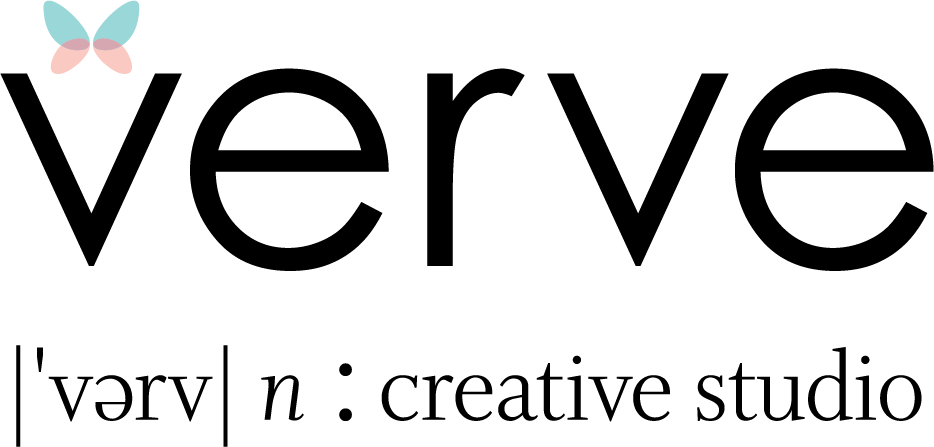




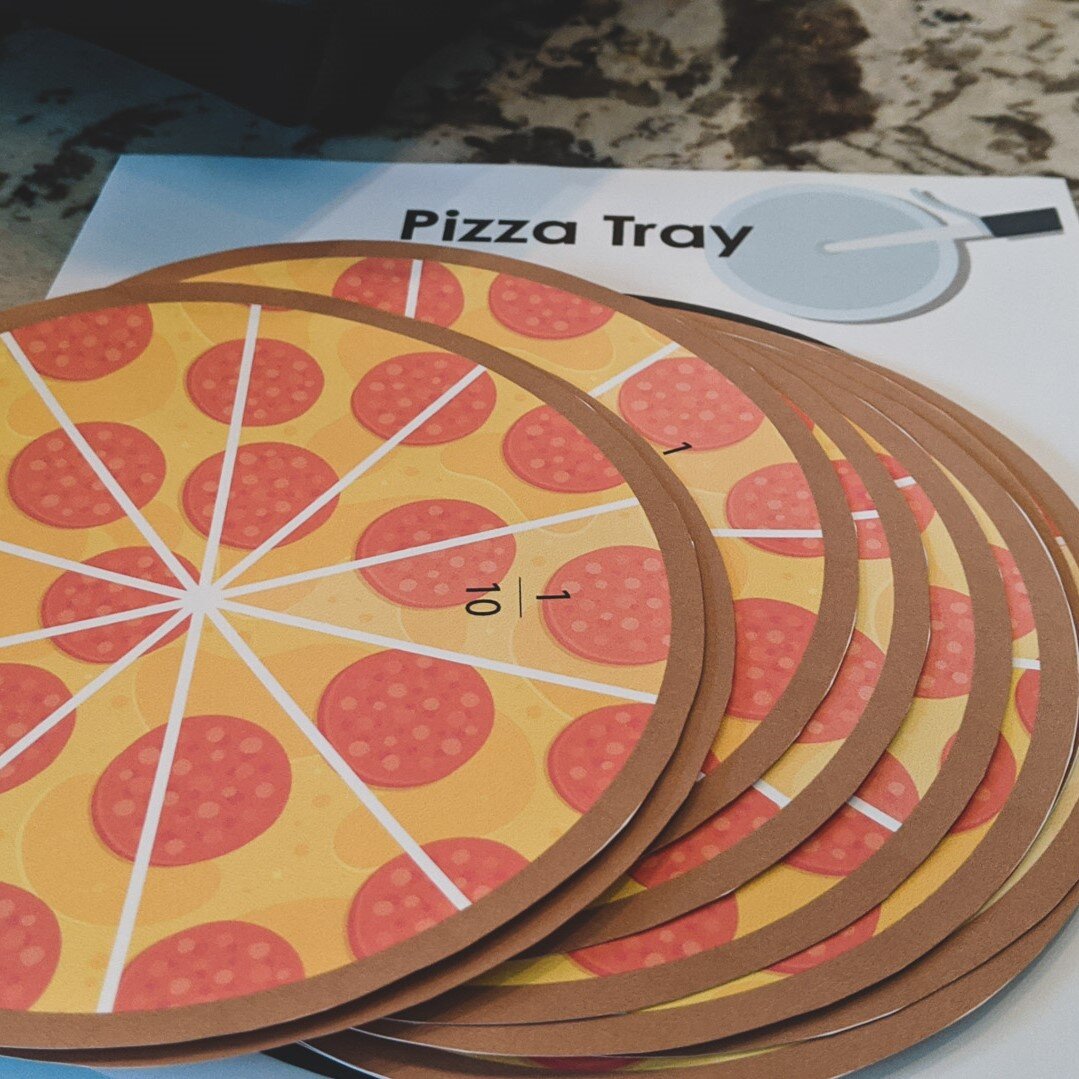

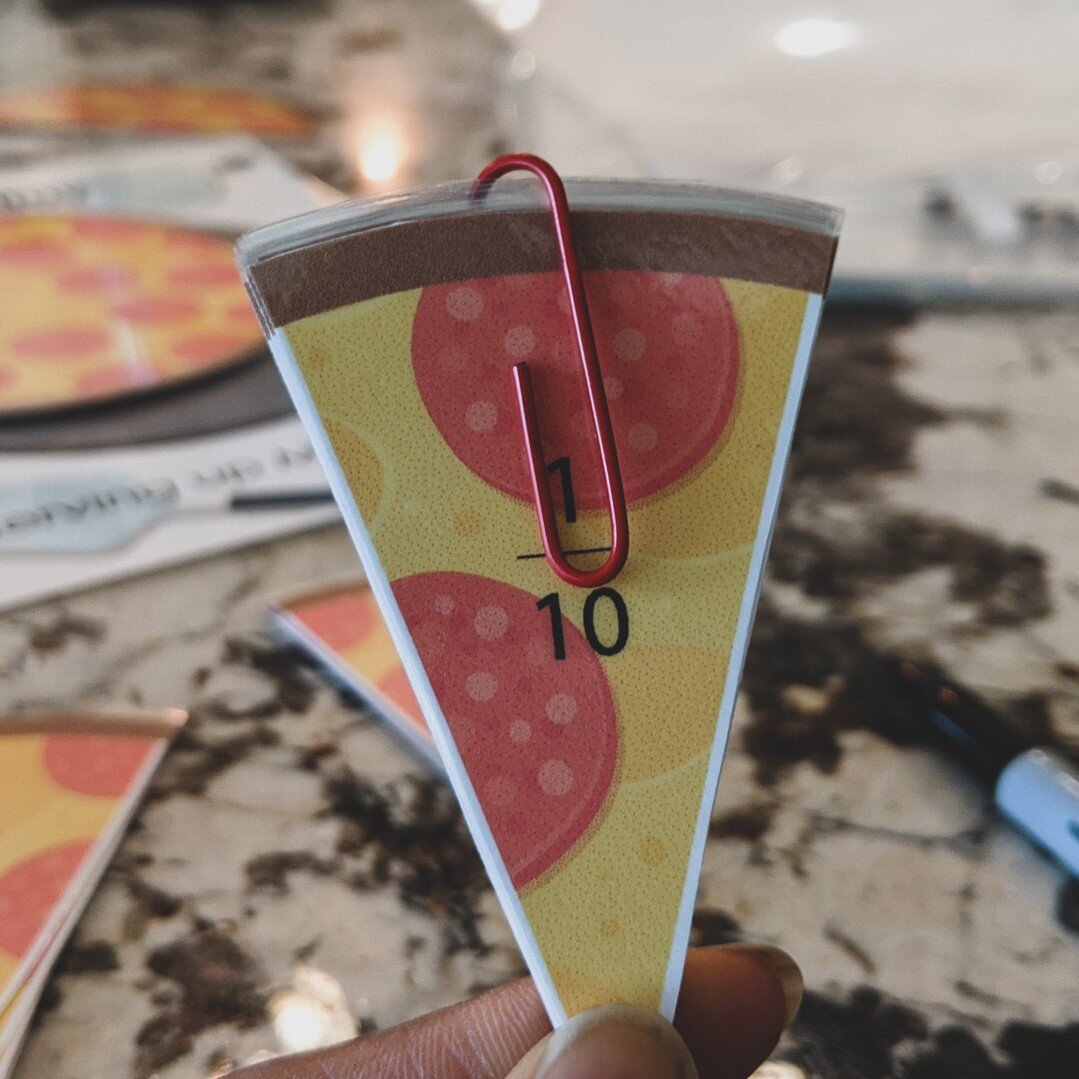
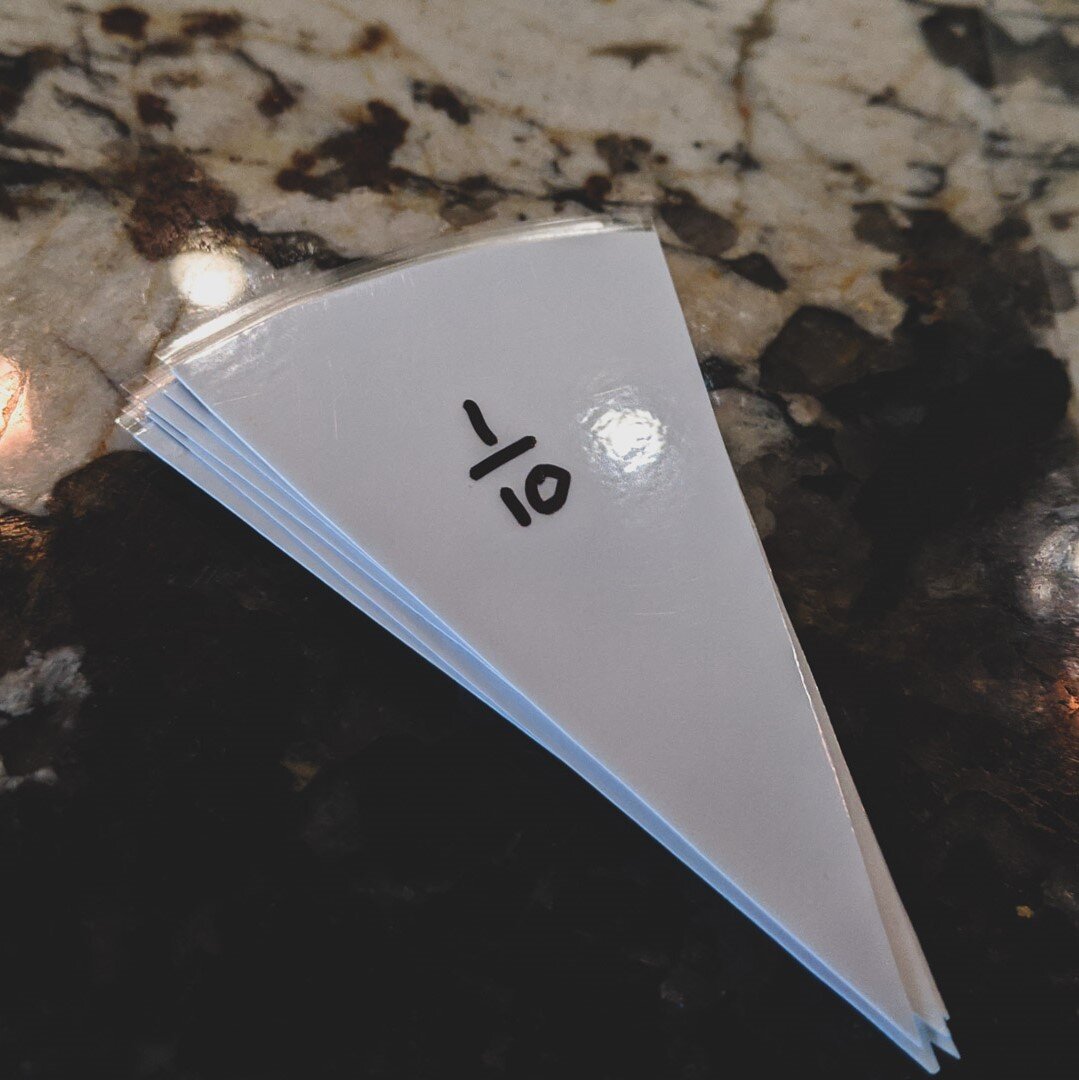
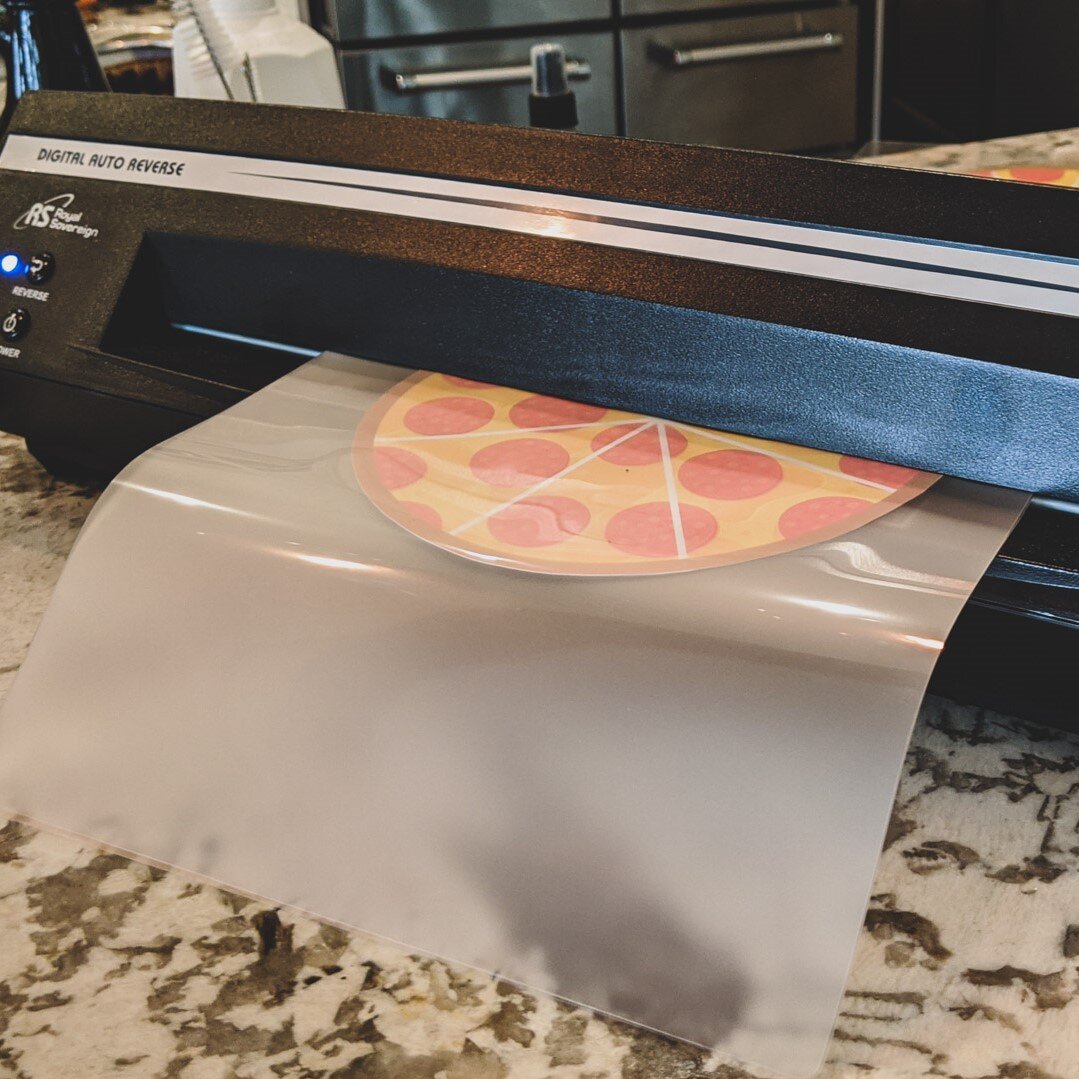
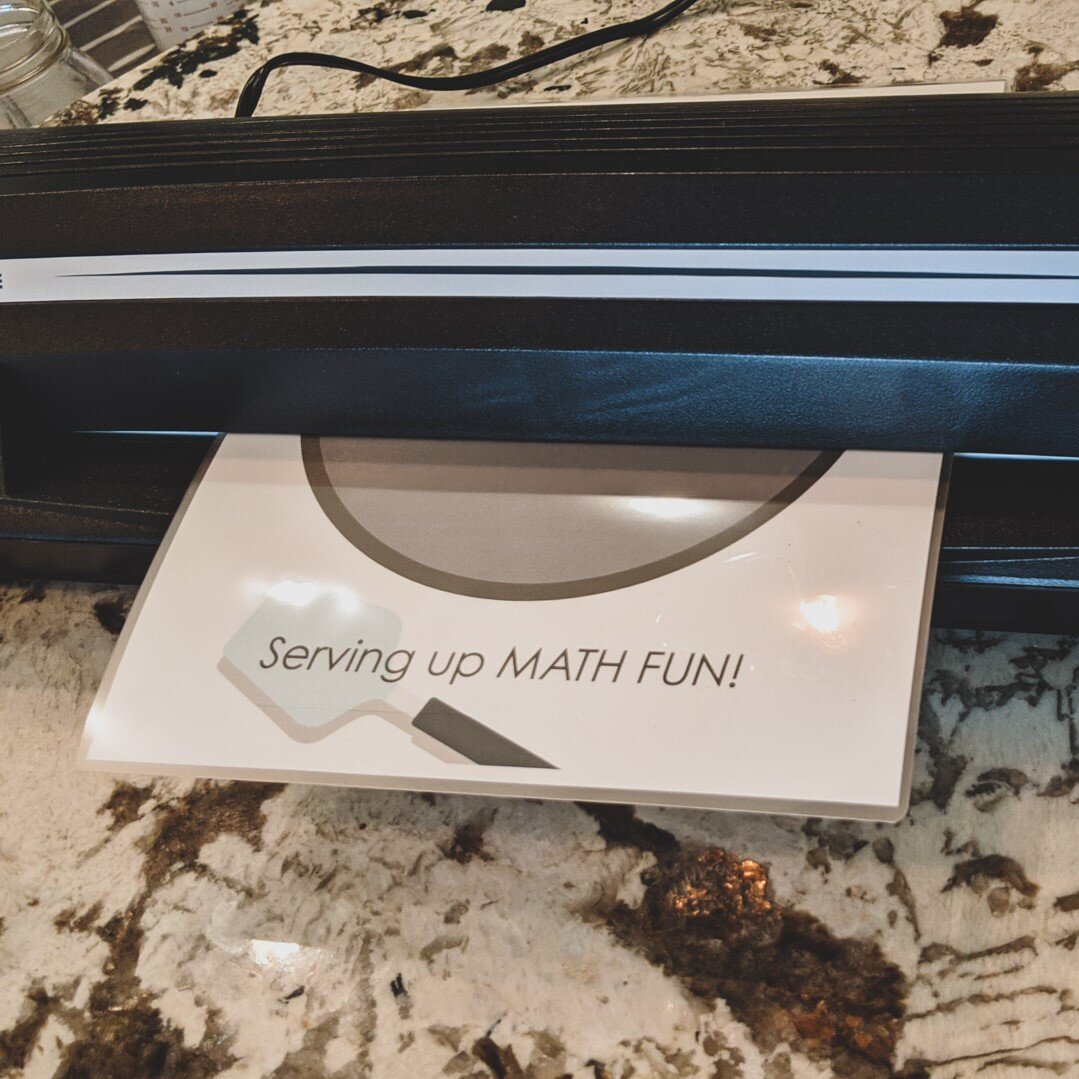
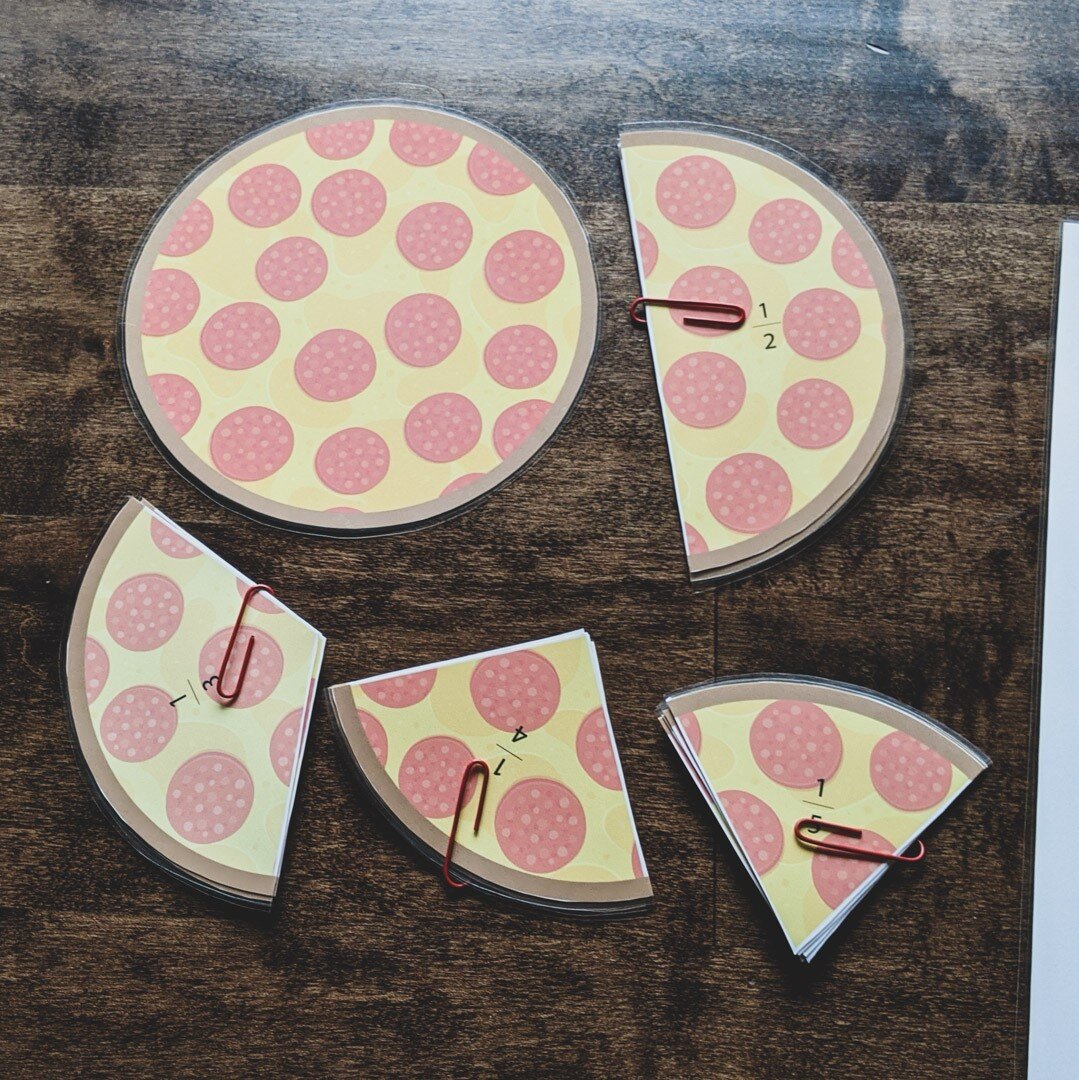
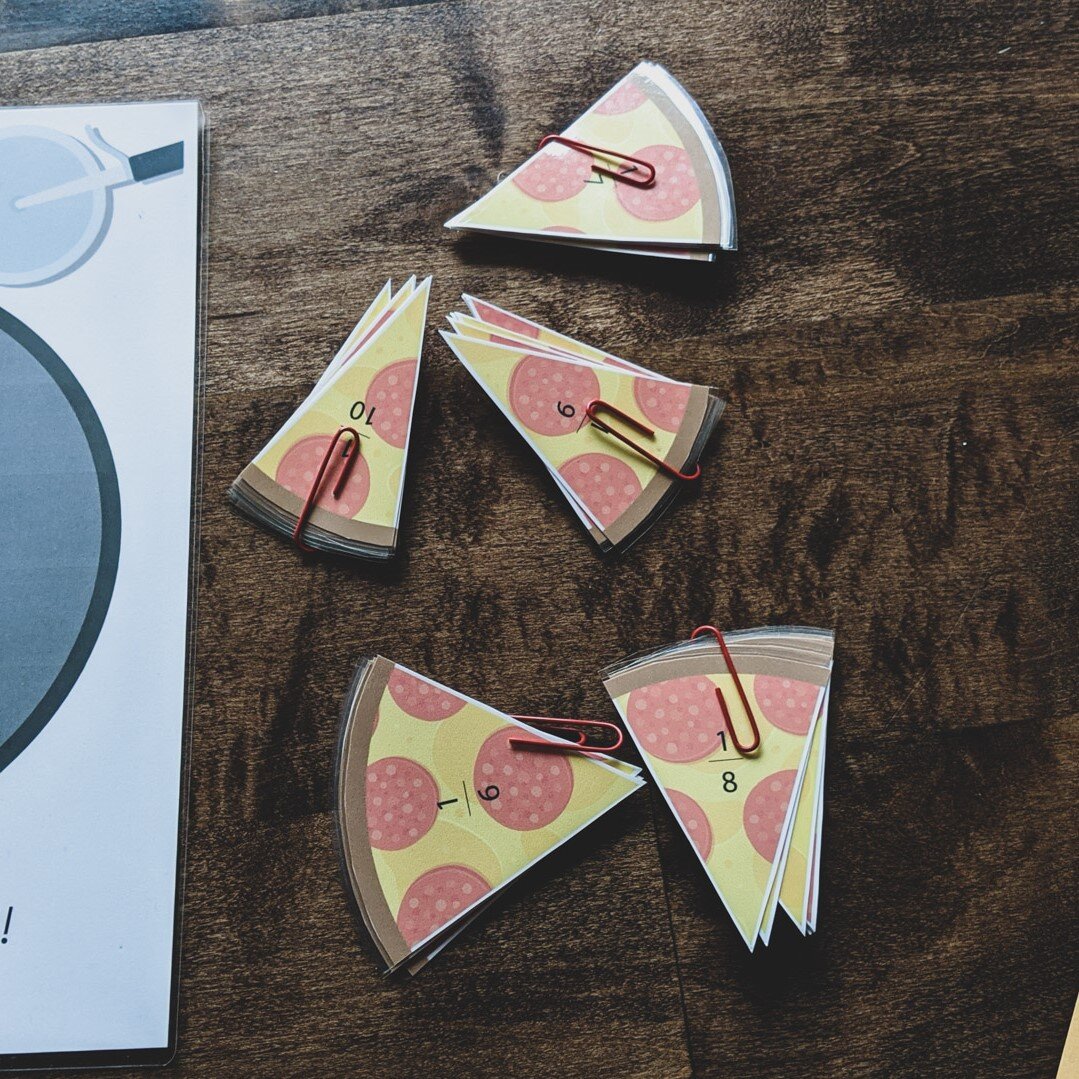












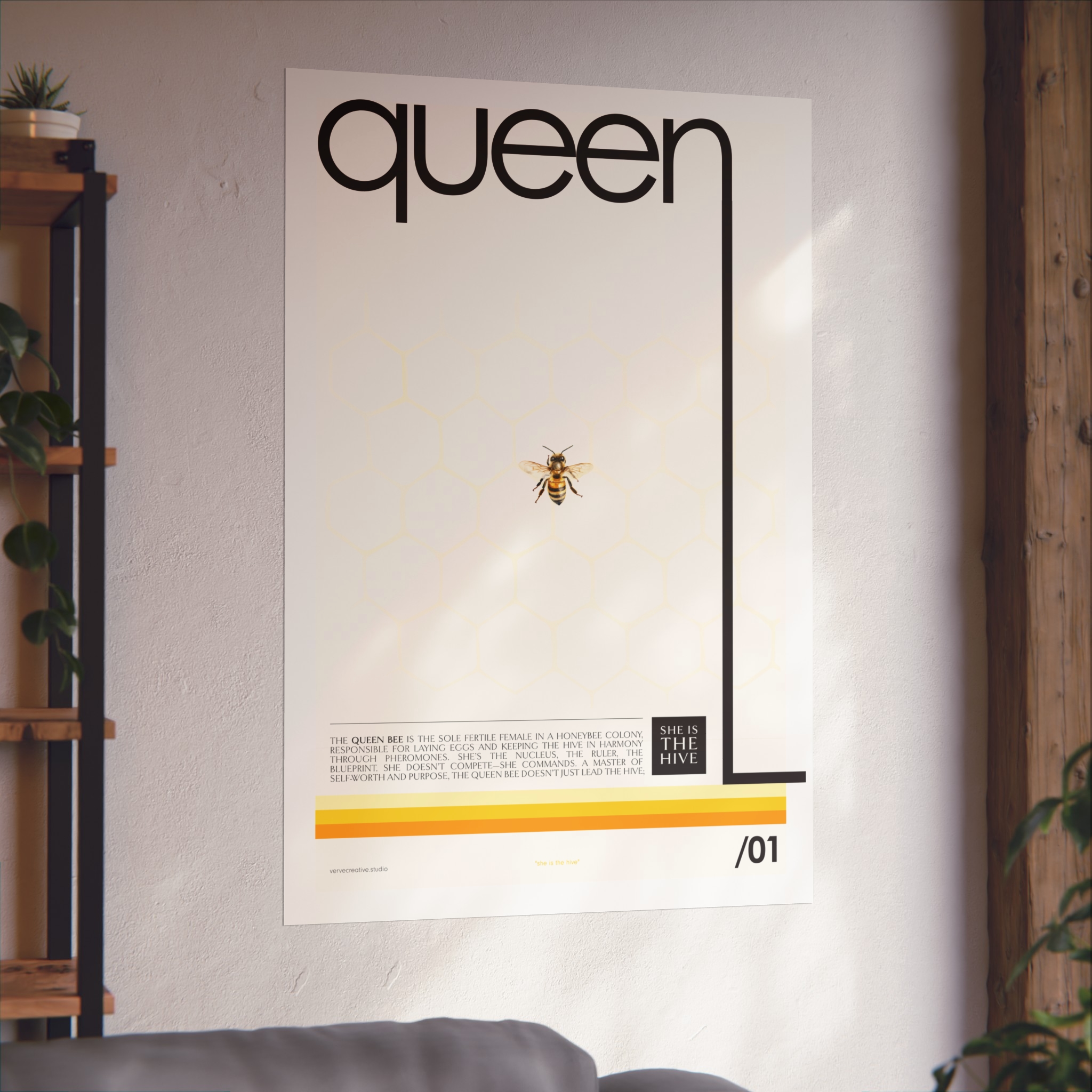
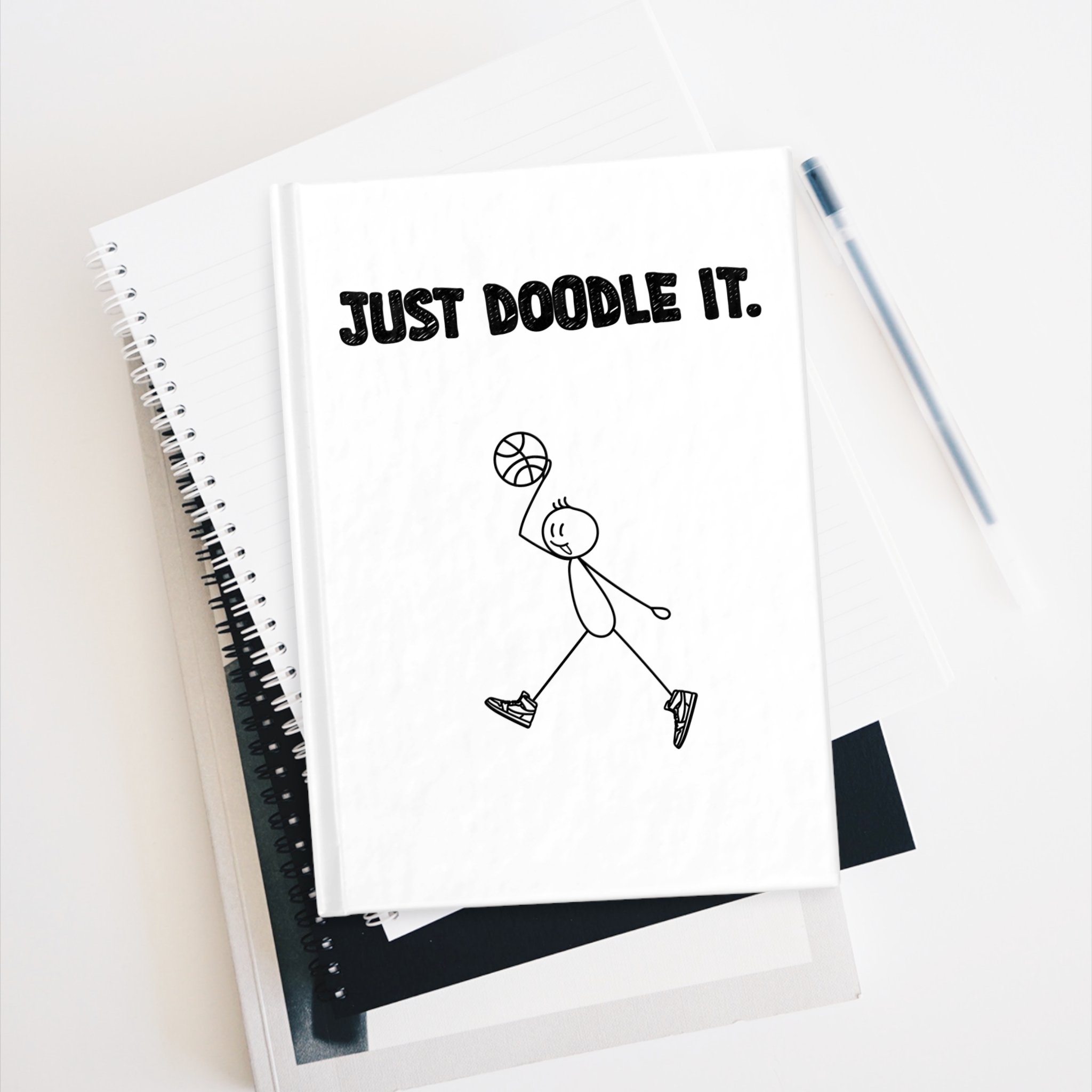
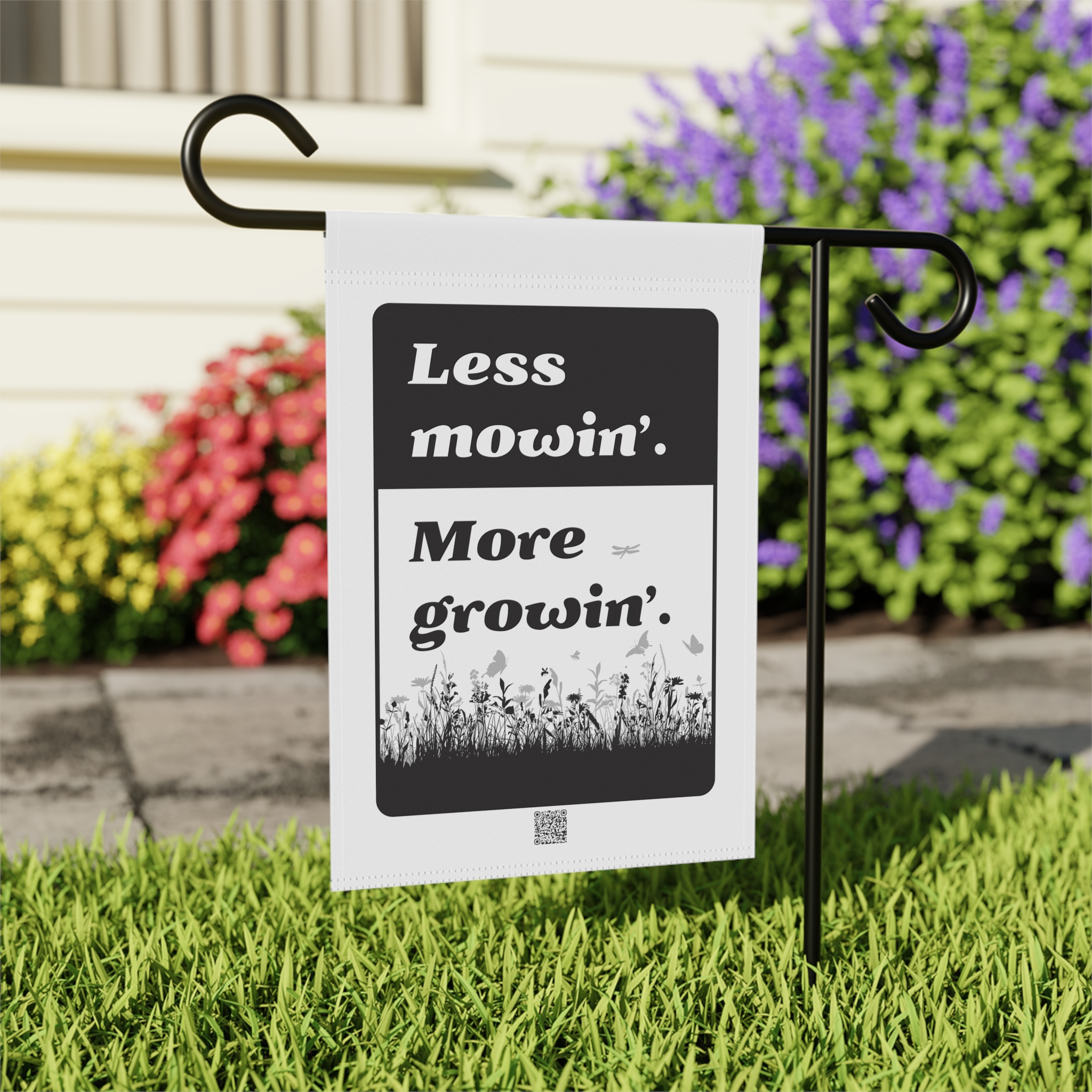





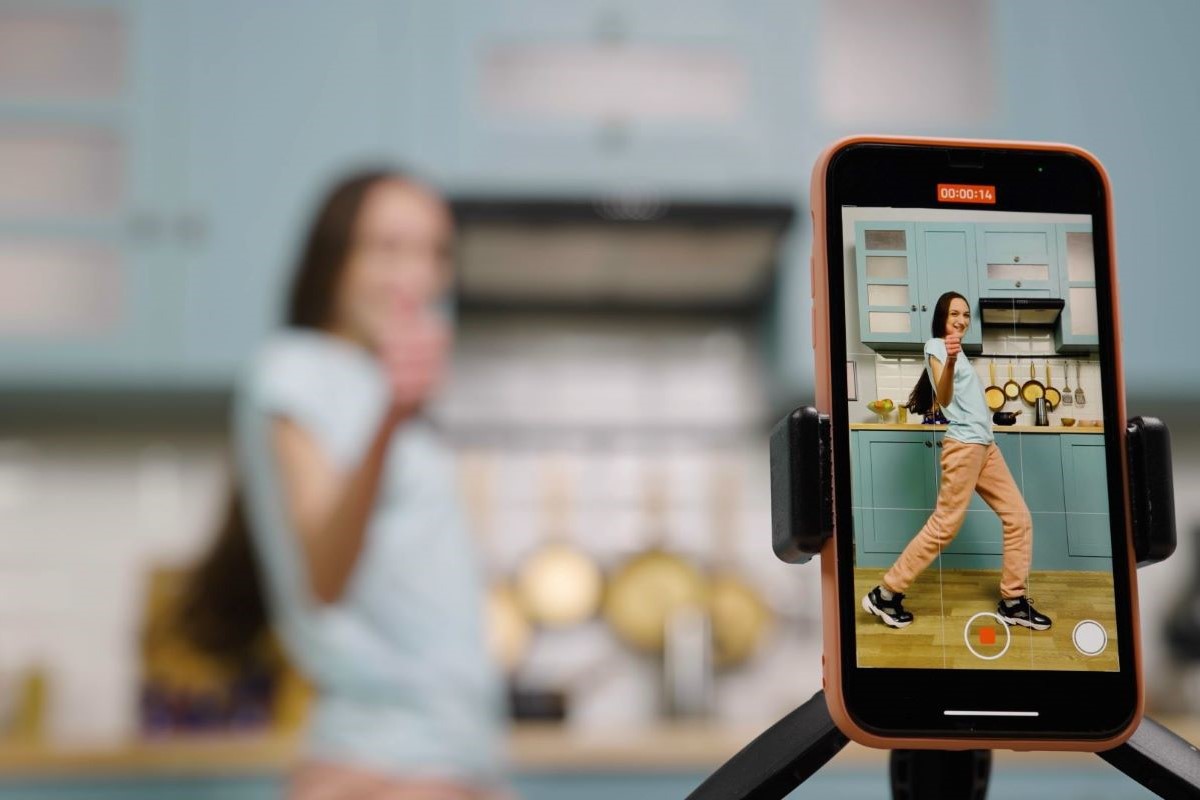

 Just giving you the heads up: We use cookies and other tracking doodads to make your browsing experience as sweet as a freshly baked batch (Website
Just giving you the heads up: We use cookies and other tracking doodads to make your browsing experience as sweet as a freshly baked batch (Website